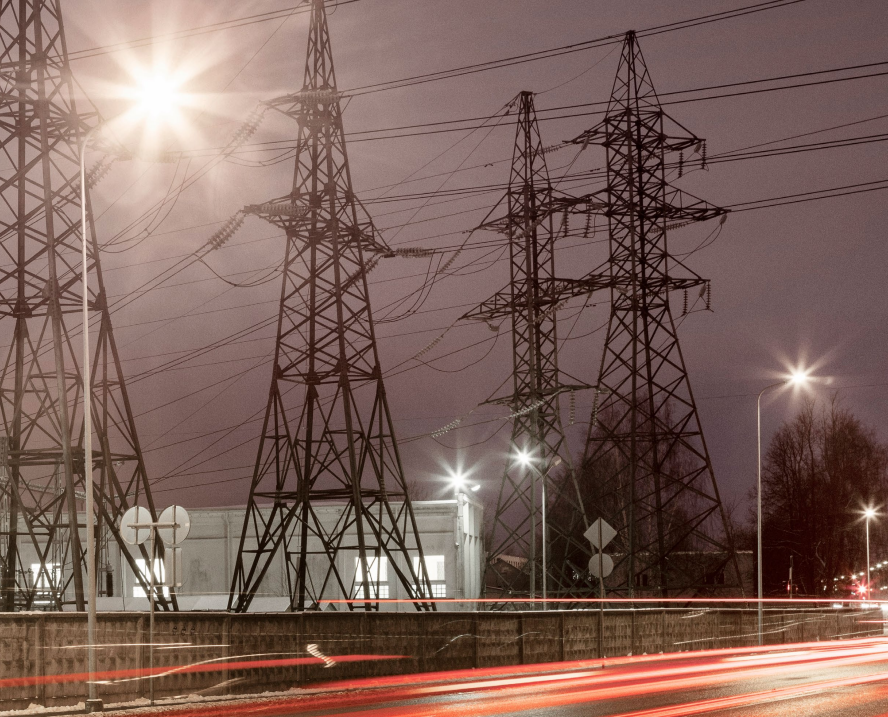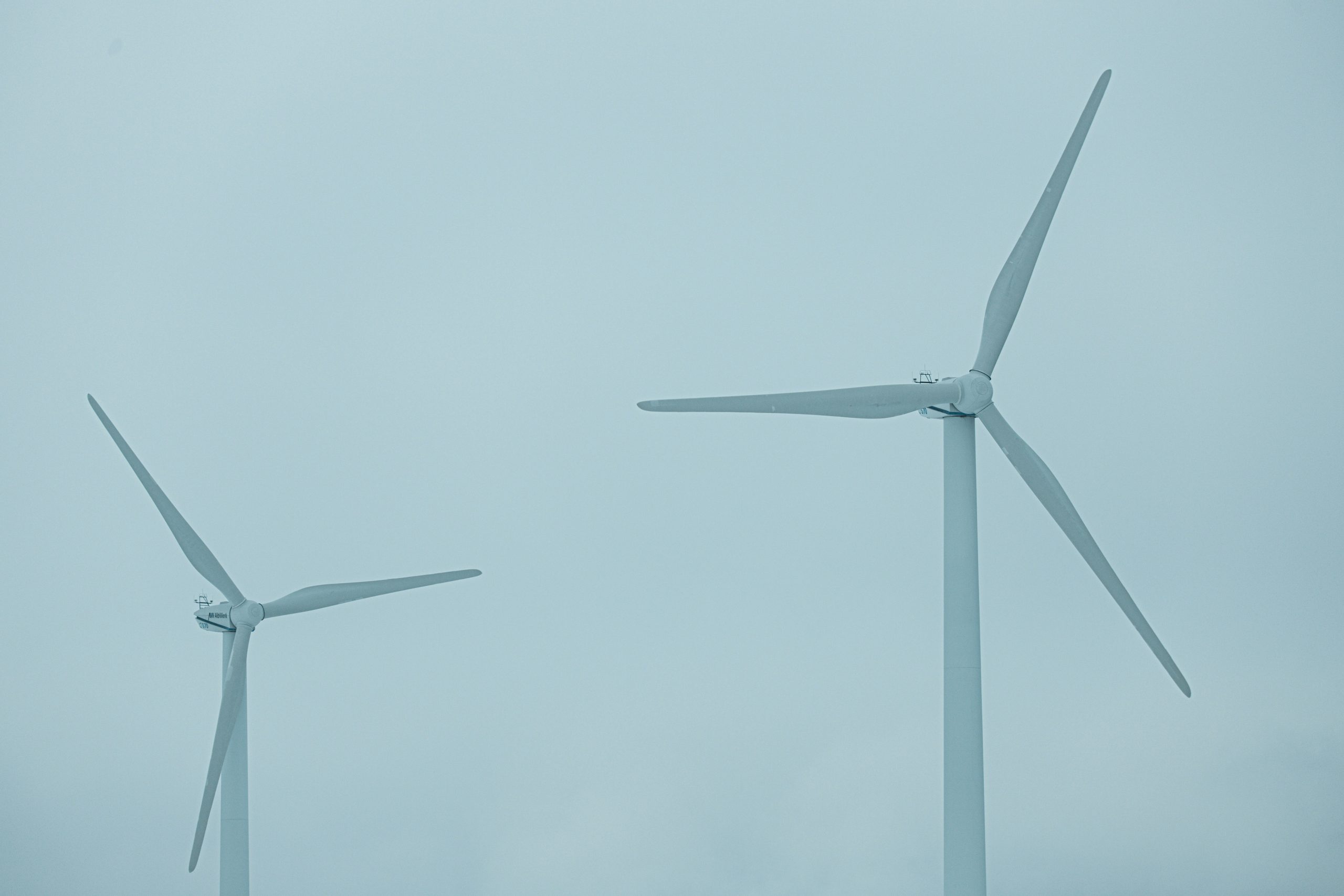Latvian transmission system operator Augstsprieguma tīkls AS (AST) has presented an investment plan worth up to €401 million. The operator’s aim until 2030 is to develop the transmission grid in terms of reliable energy supply and to increase integration of more RES sources.
The operator said that they will continue their efforts to increase the reliability of electricity supply and the transmission system over the next decade, by introducing digital solutions to prepare the transmission network for synchronization with the Continental European System, as well as to create conditions for introducing large amounts of electricity from RES into the network. The 10-year plan for the development of Latvia’s electricity system includes investments of €401 million until 2031. The document was approved by the Public Utility Regulatory Commission (PURC).
“We are ready to do our part to ensure a green transformation of the energy system and prepare the transmission grid to incorporate large-scale RES installations. Another new challenge will be the introduction of frequency regulation capabilities, for which new technologies are to be used, including high-capacity batteries and synchronous compensators, not previously used in the Baltic states”, comments AST board member Arnis Daugulis.
As we read on the operator’s website, a significant part of the funding will be spent on improving system reliability and synchronization with European networks. Synchronisation of the Baltic states with European electricity grids is a strategic goal not only for Latvia but also for Europe, as evidenced by the 75% subsidy from European Union funds. Three synchronous compensators are to be installed in the upcoming years to ensure frequency maintenance.
In the coming years, AST also plans to upgrade its commercial power metering system, balance management system, electric grid model management system, as well as its dispatching and anti-failure automation system.
Every year 20 to 25 million euros will be invested in the reconstruction of 330 kV and 110 kV substations, lines and distribution points to ensure stable operation of the transmission system. The approved 10-year development plan also analyses processes that affect or may affect its implementation, such as the need to install energy storage facilities for reserve and frequency restoration, the development of RailBaltica, the Estonia-Latvia Elwind offshore wind farm project, European co-financing, the Covid-19 pandemic and related constraints, the feasibility of huge new connections and the current increase in construction costs.















